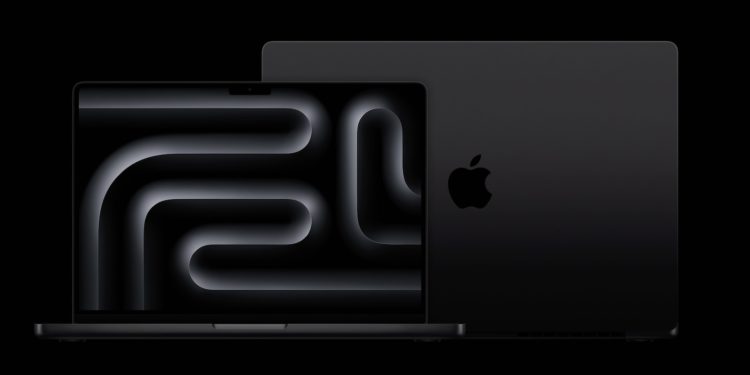Want to know how Apple's brand new MacBook Pro models with M3 Pro and M3 Max chips perform? In this article, you'll find a comprehensive overview of the latest tests and results to find out if these laptops really deliver what they promise.
Last week, Apple updated the 14-inch and 16-inch MacBook Pro models with the powerful M3 Pro and M3 Max chips. In addition, a 14-inch entry-level model with the standard M3 chip was introduced. With improvements such as a "space black" finish and a 20% brighter display, Apple promises an optimized user experience. But how do these devices perform in practical tests?
The performance of the M3 chips
The Geekbench 6 benchmark results have already shown that the M3 chips are impressive. The M3 chip is about 20% faster than its predecessor, the M2, the M3 Pro offers a 6% increase over the M2 Pro, and the M3 Max outperforms the M2 Max by a whopping 50%. These numbers suggest a significant performance increase. Lori Grunin of CNET highlights the performance by describing the import and simultaneous creation of thumbnails of Raw+JPEG photos and videos.
The MacBook Pro 14 with base processor took just under 20 minutes, while the MacBook Pro 16 Pro took just over 8.5 minutes, demonstrating impressive performance, especially for memory-intensive tasks.
The Role of the M3 Pro Chips
Although the M3 Pro is manufactured using a more advanced 3nm process, it has two less powerful CPU cores than the M2 Pro. This results in the overall performance of the chip being compromised despite the improved processor. As Lori Grunin notes:
The M3 Pro also has 25% less memory bandwidth and one fewer GPU core than the M2 Pro.
graphics performance of the M3 Max
Graphics performance has improved significantly, especially with the M3 Max, which is about 50% faster than the M2 Max in benchmarks. Andrew Cunningham from Ars Technica:
This could mean that Apple is seriously considering integrating gaming on its laptops. The M3 Max shows that it is ready to handle demanding games, although not yet at the level of a dedicated gaming platform.
The Space Black Surface and Fingerprints
The introduction of the “Space Black” finish has also attracted attention. Apple promises an anodizing seal that significantly reduces fingerprints. David Phelan of The Independent:
The marks do not completely disappear, but they are very difficult to detect.
Patrick O'Rourke from MobileSyrup adds:
It's hard to get grease on the Space Black M3 MacBook Pro.
Prices and availability
The new MacBook Pro will begin shipping to customers on Tuesday, November 7 and will be available in Apple Stores and Apple Authorized Resellers. The 14-inch MacBook Pro with M3 starts at €1,999 including VAT and €1,869 including VAT for education, the 14-inch MacBook Pro with M3 Pro starts at €2,499 including VAT and €2,309 including VAT for education, and the 16-inch MacBook Pro starts at €2,999 including VAT and €2,759 including VAT for education.
New MacBook Pro models: Conclusion
The new MacBook Pro models undoubtedly offer impressive performance and exciting new features. The M3 chips set new standards, especially the M3 Max, which provides improved graphics performance. The Space Black finish could be a welcome new addition for those who have been annoyed by fingerprints on their laptops. However, it should be noted that despite its advanced process and higher processor count, the M3 Pro chip makes some sacrifices in terms of performance. This shows that not every advancement automatically leads to better performance. Nevertheless, the new MacBook Pro models offer an exciting future for Apple users looking for powerful and innovative laptops. (Image: Apple)





